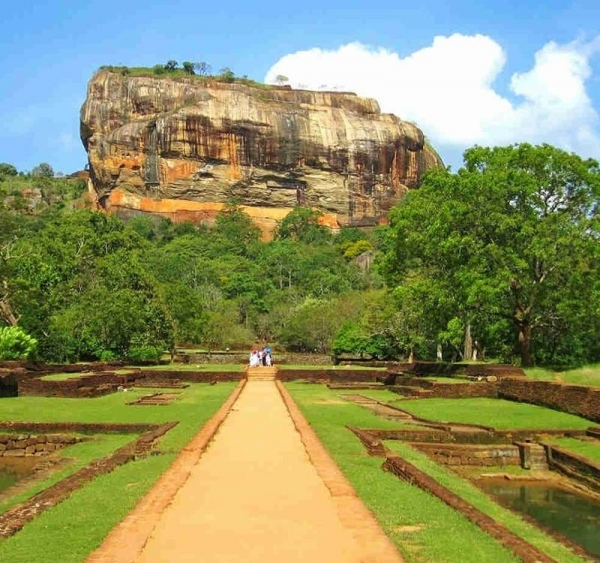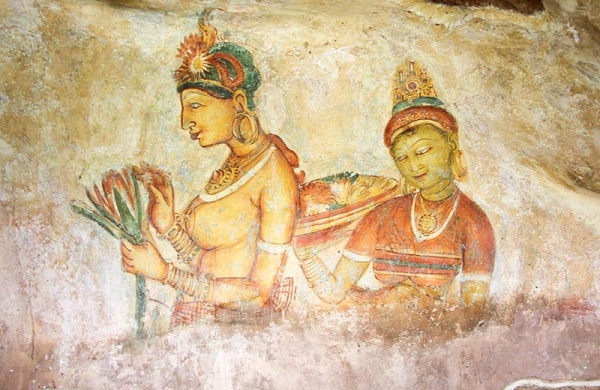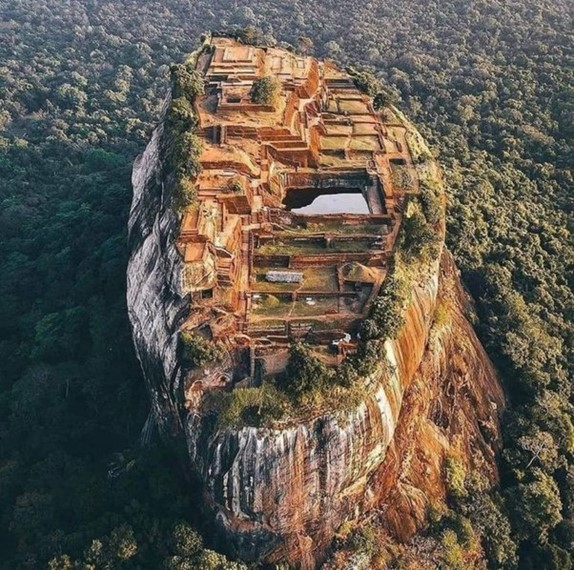Sigiriya Lion rock
Sigiriya Lion Rock: A Majestic Marvel of Ancient Engineering.Nestled in the heart of Sri Lanka, Sigiriya, often referred to as the "Lion Rock," stands as a testament to the ingenuity and artistry of ancient civilizations. This colossal rock fortress, rising nearly 200 meters above the surrounding plains, is not only an architectural wonder but also a symbol of the island’s rich cultural heritage. For those unfamiliar with this UNESCO World Heritage Site, a journey through its history, architecture, and cultural significance will undoubtedly spark awe and admiration.### A Glimpse into HistoryThe origins of Sigiriya date back to the 5th century AD, during the reign of King Kashyapa I. After seizing the throne through a controversial coup, Kashyapa sought to secure his reign by building an impregnable fortress. He chose Sigiriya, a massive rock formation, as the site for his new capital. The strategic location and the formidable natural defenses offered by the rock made it an ideal choice.### Architectural SplendorSigiriya’s architecture is a brilliant blend of urban planning and aesthetic design. The ascent to the summit involves navigating through a series of terraces, each offering a unique glimpse into the ingenuity of its builders. The western face of the rock is adorned with the famous Sigiriya frescoes—vivid, well-preserved paintings of celestial maidens believed to be either apsaras (heavenly beings) or representations of Kashyapa’s consorts.The most iconic feature of Sigiriya is the Lion’s Gate, a grand entrance that once featured a massive lion sculpture. Today, only the lion’s paws remain, but they still convey the grandeur that visitors would have experienced centuries ago. The climb to the top is a steep but rewarding journey, culminating in the ruins of Kashyapa’s palace, which offers panoramic views of the surrounding countryside.### The Gardens of SigiriyaAt the base of the rock lies a meticulously designed garden complex, among the oldest landscaped gardens in the world. These gardens are divided into three distinct sections: the water gardens, the boulder gardens, and the terraced gardens. The water gardens feature sophisticated hydraulic systems, including fountains that still function during the rainy season. The boulder gardens are characterized by massive rock formations that have been artistically arranged, while the terraced gardens consist of a series of terraces ascending the lower slopes of the rock.### Cultural SignificanceBeyond its architectural and historical significance, Sigiriya holds a special place in Sri Lankan culture. It is a symbol of resilience, creativity, and the complex history of the island. The site has inspired countless stories, poems, and works of art, contributing to its status as a cultural icon.In modern times, Sigiriya continues to captivate visitors from around the world. It stands as a reminder of a bygone era, where ambition and artistry converged to create a structure of unparalleled beauty and strength. For anyone visiting Sri Lanka, a journey to Sigiriya is not merely a trip to an ancient ruin, but a voyage into the heart of the island’s storied past.### ConclusionSigiriya Lion Rock is more than just a historical monument; it is a masterpiece of ancient engineering and a symbol of the enduring legacy of Sri Lanka’s cultural heritage. From its awe-inspiring architecture to its lush gardens and rich history, Sigiriya offers a unique glimpse into the ingenuity and artistry of a civilization that continues to inspire and captivate to this day. For my friends across the globe, I hope this essay serves as an invitation to explore and appreciate the wonders of Sigiriya, a true gem of the ancient world.







